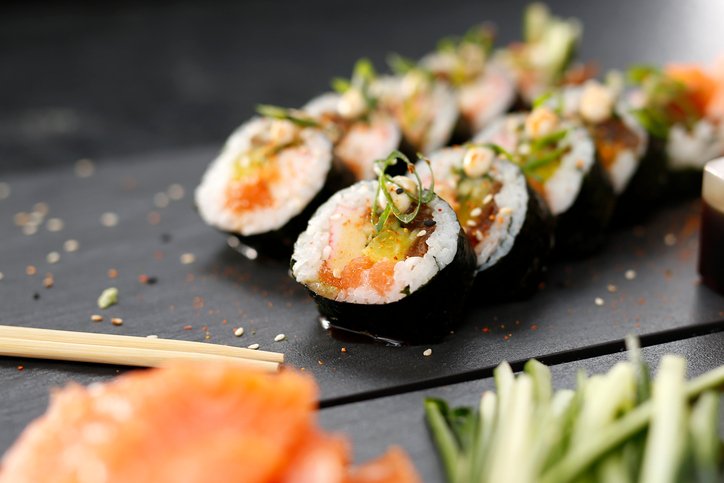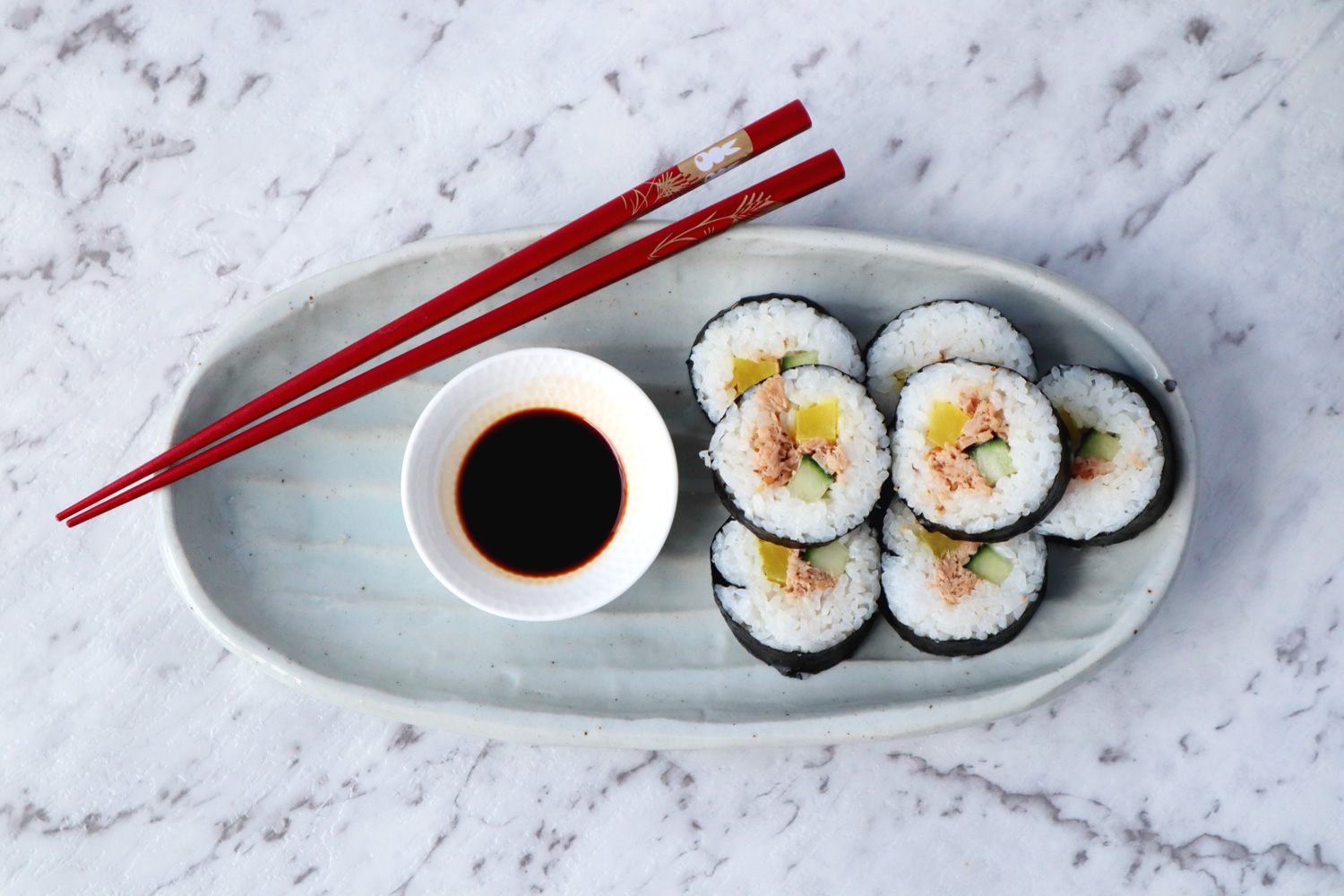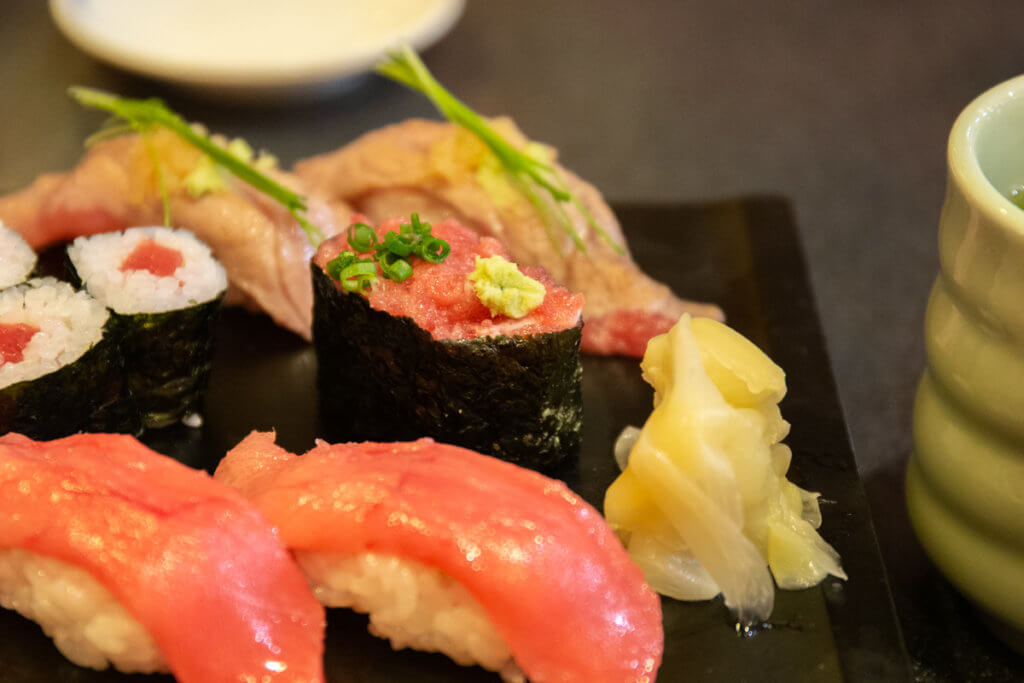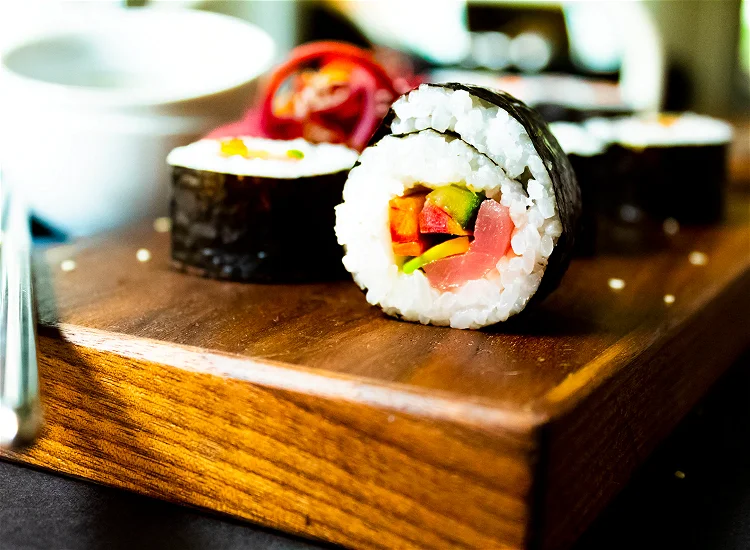The Ultimate Nishiki Sushi Rice Recipe: A Step-by-Step Guide for Perfect Rolls
Written By James Morgan
Welcome to your complete Nishiki sushi rice recipe guide. For all aspiring sushi chefs and enthusiasts out there, mastering the art of preparing perfect sushi rice is crucial to your success. **Nishiki sushi rice** is a brand renowned for its exceptional quality and taste, making it the go-to choice for many. In this article, we'll delve into the nuances of cooking Nishiki sushi rice, ensuring it's seasoned to perfection and rolled into delectable sushi.

What Makes Nishiki Sushi Rice Special?
Nishiki sushi rice stands out due to its unique properties that are perfect for sushi making. Known for its sticky and slightly sweet texture, it holds together impeccably when rolling sushi. This medium-grain rice has been milled to maintain its texture, ensuring each grain is plump and sticks together without turning gummy. Choosing the right rice brand like Nishiki is pivotal, as it ensures your sushi not only tastes great but holds its shape beautifully.

Ingredients and Equipment You'll Need
Before diving into the cooking process, gather all necessary ingredients and equipment. Having everything ready will streamline your cooking experience.
Ingredients
- 2 cups **Nishiki sushi rice**
- 2 1/2 cups water
- 1/3 cup rice vinegar
- 3 tablespoons sugar
- 1 teaspoon salt

Essential Equipment

Step-by-Step Cooking Instructions
Rinsing the Rice
Rinsing the rice is a crucial first step to remove excess starch, which can cause the rice to become overly sticky. Measure 2 cups of Nishiki sushi rice and place it in a bowl. Fill the bowl with cold water, then swish the rice around with your hand. Drain the water using a strainer and repeat this process several times until the water runs clear.
Cooking the Rice
Using a Rice Cooker simplifies this process significantly. Place the rinsed rice in the rice cooker and add 2 1/2 cups of water. Set the rice cooker to the sushi or white rice setting and let it cook. If you don't have a rice cooker, you can use a heavy-bottomed pot on the stovetop. Bring the water and rice to a boil, reduce to a simmer, cover, and cook for 18 minutes. Remove from heat and let it sit covered for an additional 10 minutes.
Seasoning the Rice
While the rice is cooking, prepare the vinegar mixture. In a small saucepan, combine 1/3 cup rice vinegar, 3 tablespoons of sugar, and 1 teaspoon of salt. Heat the mixture over medium heat, stirring until the sugar and salt dissolve. Do not let it boil. Once everything is dissolved, remove from heat and let it cool. When the rice is ready, transfer it to a large wooden or non-metallic bowl. Drizzle the cooled vinegar mixture over the rice. Use a sushi knife or wooden paddle to fold the rice, ensuring it's evenly coated without mashing the grains. Spread the rice out to cool as you fold.
Making Sushi Rolls
With your perfectly cooked and seasoned sushi rice, you can now create your sushi rolls. Use your Sushi Making Kit for this part. Place a nori sheet on the bamboo mat, spread a thin layer of rice over it, and add your desired fillings (like cucumber, avocado, and fish). Roll the bamboo mat to form a tight cylinder, then slice into pieces with a sharp sushi knife. Serve immediately for the freshest taste.
Tips for Perfect Sushi Rice
Achieving restaurant-quality sushi rice can take practice. Ensure you rinse the rice thoroughly to remove excess starch. Using a rice cooker can help achieve consistent results. Remember not to stir the rice while cooking, as this can make it sticky. Patience is key when seasoning and cooling the rice; don't rush these steps to avoid clumpy or soggy rice.
Versatile Uses of Nishiki Sushi Rice
While it's most commonly used for sushi rolls, Nishiki sushi rice is versatile and can be used for various dishes. Its excellent for making onigiri (rice balls), poke bowls, and even fried rice. Its sticky texture makes it adaptable for many Japanese dishes, providing a delightful base that elevates the flavors of accompanying ingredients.
Cleaning Up
After a cooking session, its essential to clean your equipment properly. Use a Cookware Cleaner to ensure your rice cooker is spotless and free from residual starch. Apply Cutting Board Oil to maintain the longevity of your cutting board, preventing it from drying out and cracking.
References
For more sushi-making tips and tricks, check out this guide on how to make simple sushi rolls.
Ready to explore more recipes? Discover how to warm up with hearty dishes like Chicke Thighs or learn to prepare delicious sides such as Squash Casserole.
As an Amazon Associate, I earn from qualifying purchases.



